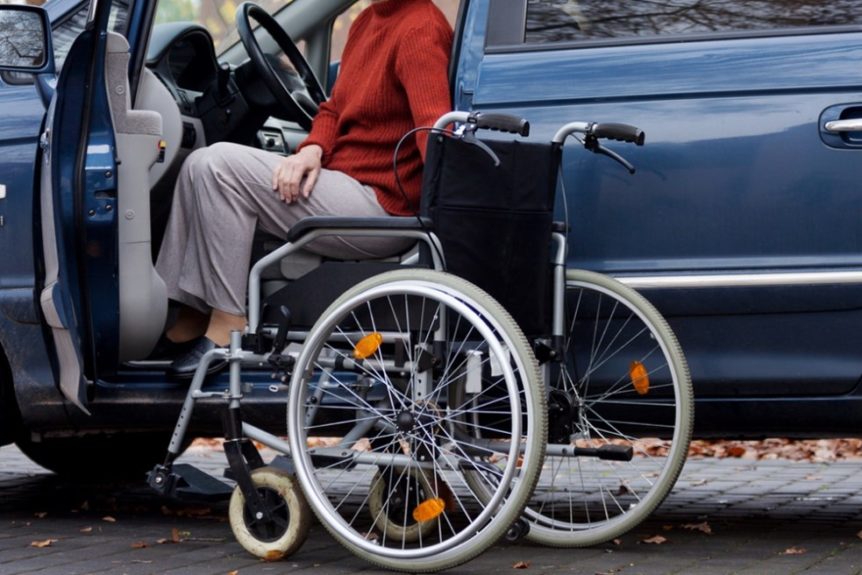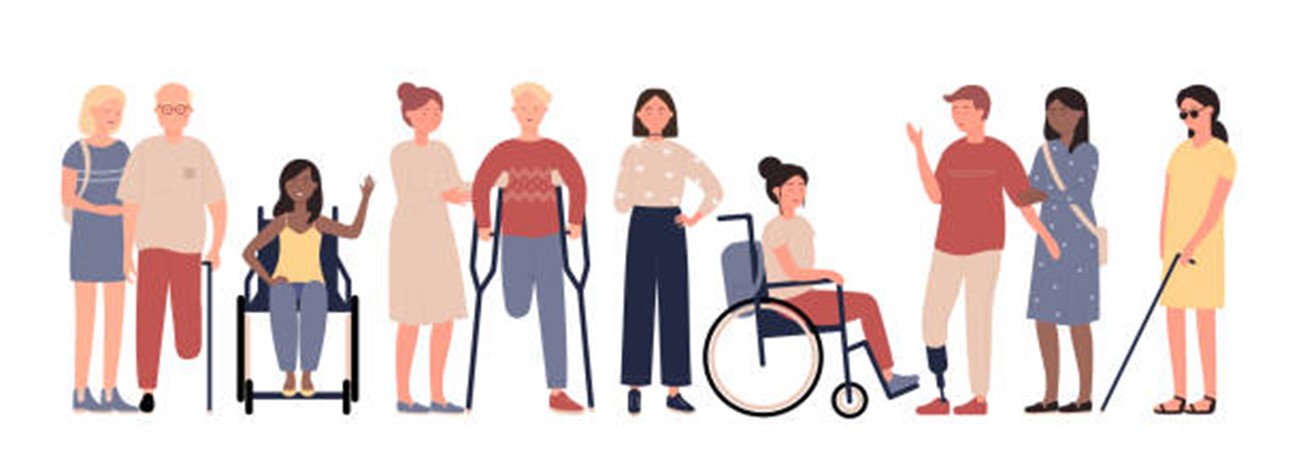
Accessibility in Vehicles
Companies have recently started becoming interested in making vehicles more accessible for people with disabilities (sellmax). There are over three million individuals over 40 years old who are blind or have low vision (Waymo LLC, 2021). More than sixty million people have impaired vison or hearing. Around 3.5 million Americans have some form of autism and 400,000 have down syndrome (Halsey, 2017). Comparatively, these numbers are relatively large and has inspired many car companies to design vehicles in a more accessible way.
Research shows that millions of individuals with disabilities have limited mobility and freedom in their lives due to transportation restrictions. Many are forced to miss medical appointments and job opportunities for this reason (Einbinder, 2021). Unemployment is twice as high among the disability community and degrees are obtained at a lower rate. Not having access to personal transportation is a huge reason for this (Wolf, 2020). This led to new designs, advanced technology and automotive company innovation that helped to further assist people with these restrictions.
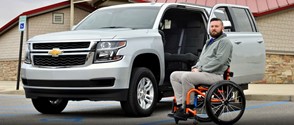 Accommodations achieved in the last decade include ramps, lifts, extra space for equipment and more easily operatable accessories. New technologies, such as voice recognition, also uncovered the possibility of automated boarding in vehicles (Dempsey, 2017). Other modifications include power assist for steering, hand controls for braking and accelerating, touch ignition, automatic door opener, wide range review mirrors, left gas pedal and many more are all improvements made in the past (Sellmax). Advances such as these have already made a huge positive impact for those who are unable to operate vehicles made for the average consumer, however, even greater accessibility is in the works.
Accommodations achieved in the last decade include ramps, lifts, extra space for equipment and more easily operatable accessories. New technologies, such as voice recognition, also uncovered the possibility of automated boarding in vehicles (Dempsey, 2017). Other modifications include power assist for steering, hand controls for braking and accelerating, touch ignition, automatic door opener, wide range review mirrors, left gas pedal and many more are all improvements made in the past (Sellmax). Advances such as these have already made a huge positive impact for those who are unable to operate vehicles made for the average consumer, however, even greater accessibility is in the works.
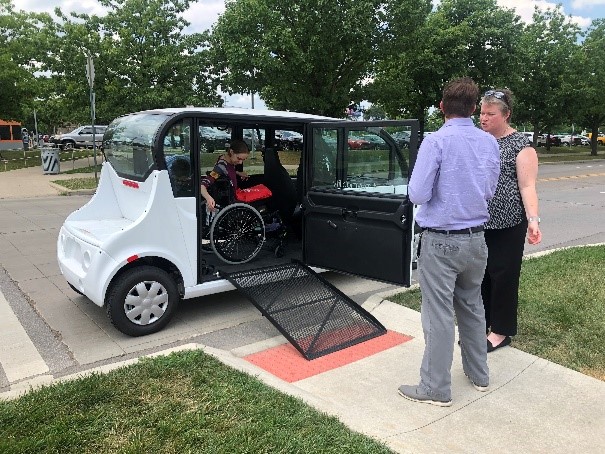
Future of Accessibility
One future technology that can potentially make a huge difference is the autonomous vehicle. Self-driving cars could help further eliminate these transportation issues. They offer a flexibility that most cars don’t currently have (Halsey, 2017). Not only this, but they are predicted to revolutionize how people with disabilities will travel around their communities and travel great distances from home.
Usually, government or non-profit agencies are required for them to go anywhere. With the use of machine learning and artificial intelligence, people who cannot see well or who have physical or mental difficulties could go where they want, when they want to (Saripalli, 2019). Unlocking the access to more private availability, autonomous vehicles offer a more consistent and reliable form of transportation (Greig, 2021).
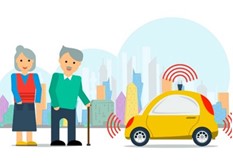
While the latest technologies are usually picked up by the younger crowd, it is expected that autonomous cars will be more popular in the older generation; Presumably due to the increased numbers of individuals with visual or physical impairment that will lead to their licenses becoming rebuked (Alexiou, 2021). AV’s will reduce those with restrictions and allow for them to keep their freedom, while also keeping themselves and others safe on the road.
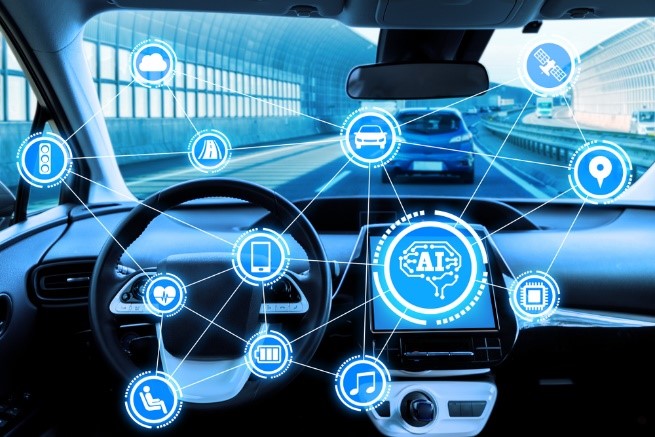
More Innovation Needed
Technology has come a long way, but there is still more work and research to be done. AV’s provide great potential; however, some will need accommodations. Companies like General Motors employees are engaging in self-driving vehicle design workshops to contribute perspectives from the disability community. Programs such as this are helping uncover the necessary accessible accommodations of future products (General Motors, 2020). From these meetings, they are able to find some of the most important aspects to make the vehicle as accessible as possible.
In order to make these vehicles fully accessible, they need more space, ramps, easily operable door handles, accommodating technologies and extra safety precautions. An on-board AI (artificial intelligence) system could provide situational awareness and adapt to the rapidly changing environment specific to the passenger’s safety (Alexiou, 2021).
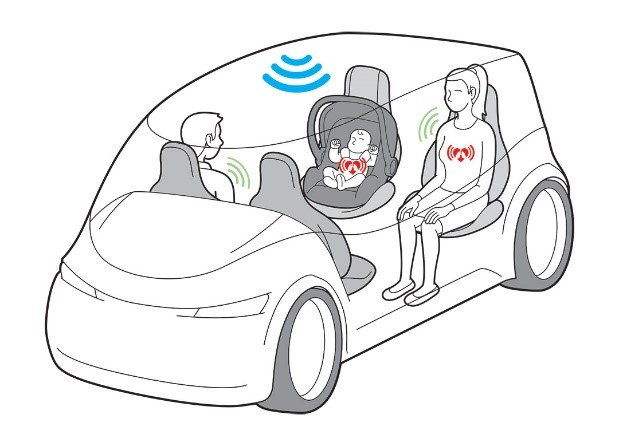
On top of adapting the vehicle to fit the user’s needs, it also needs to make the user feel safe during the entire process. Potential remote monitoring could be used to build trust in the technology (Greig, 2021). Knowing the passenger is constantly being monitored, especially those with potential health issues, can provide additional security. For the user, they may fear not knowing what the vehicle is doing. In order to ease this feeling, the vehicle can use voice recognition to communicate with the passenger and respond to inform them what they are doing and why they are doing it (Alexiou, 2021). Being informed at all times can help the passenger feel more in control.
Accessibility for vehicles has come a long way, however, more is expected to come. With the recent release of Autonomous vehicles, the possibility for further adaptations presents itself. How long it will take for these accommodations to be executed is hard to predict, however, they are coming.
An accessible future is underway.
Sources:
Alexiou, G. (2021, April 12). How passengers with disabilities can drive the Autonomous Vehicle Revolution. Forbes.
Dempsey, J. (2017). The Future of Disabled Vehicles and the Auto Industry. Carwitter.
Einbinder, J. (2021). The self-driving car industry shouldn’t forget about people with disabilities. New Jersey Council on Developmental Disabilities.
General Motors. (2020). General Motors: Pushing the limits of transportation. DIVERSITY & INCLUSION REPORT.
Greig, J. (2021, April 19). How autonomous vehicles could help the elderly and disabled in the near future. TechRepublic.
Halsey, A. I. I. I. (2017, November 23). Driverless cars promise far greater mobility for the elderly and people with disabilities. The Washington Post.
Sellmax. (n.d.). Assistive technology makes cars accessible for people with disabilities. Assistive Technology In Cars.
Saripalli, S. (2019, October 21). Are self-driving cars the future of mobility for disabled people? The Conversation.
Waymo LLC. (2021). Mobility and accessibility. Let’s Talk Autonomous Driving.
Wolf, M. (2020). How Autonomous Vehicles Can Affect People With Disabilities. The NCSL blog.
